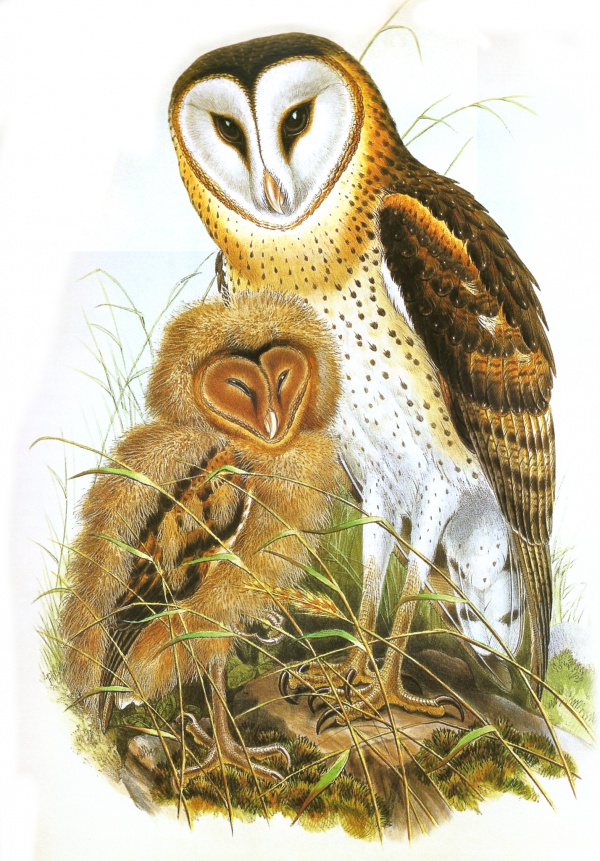Facts About Eastern grass owl
The eastern grass owl, also known as the Australian grass owl, is a compelling bird from the Tytonidae family. These owls primarily feed on small rodents. There is ongoing debate among experts regarding whether the eastern grass owl is the same species as the African grass owl (T. capensis), but many assert that it is indeed a distinct species.
Description
The eastern grass owl is medium-sized, comparable to the barn owl. Males measure about 32 to 38 cm in length, while females range from 35 to 42 cm. They possess dark brown or tan upper feathers adorned with pale spots, black and tan bars on their wings, and a distinctly pale beak. Their legs are feathered, their eyes are dark brown, and they exhibit a heart-shaped facial disk edged with brown, buff, and white.
Call
Their primary call is a loud, hissing screech, which is more intense than the barn owl's but quieter than the masked owl's.
Hunting
In Australia, studies have shown that eastern grass owls frequently prey on long-haired rats and cane rats. They locate their prey while in flight and utilize their long legs to reach into dense ground cover to snatch them.
Habitat
These owls prefer tall grasslands and swamps. They roost in flattened vegetation within "tunnels" formed through swamp plants and nest in similar locations.
Distribution
Eastern grass owls can be found across eastern, southern, and southeast Asia, parts of New Guinea, Australia (predominantly in Queensland), and regions of the western Pacific. They have also been spotted on coastal islands.
Conservation Status
Globally, the eastern grass owl is classified as "Least Concern" due to its extensive range. However, in Australia, it is considered vulnerable under the New South Wales Threatened Species Conservation Act (1995).
